sensor
Latest

Apple seeks 'revolutionary' sensors for its self-driving car project
Apple isn't out of the self-driving car game because of its recent layoffs -- far from it, if you believe reports. Reuters sources claim that Apple has talked with "at least" four possible suppliers as it looks for a "revolutionary" lidar sensor design. Where existing autonomous vehicles tend to have bulky, expensive sensor packs that use mechanical parts to scan the road, Apple wants lidar that could fit into the aesthetics of a car while scanning "hundreds of meters" ahead and costing hundreds of dollars, not tens of thousands.

Withings adds sleep apnea detection to its tracking mat
There are countless products available that help you track your sleep, giving you insights into your sleep patterns and quality. But there's been nothing to help snoozers identify sleep apnea, a potentially-serious condition that could traditionally only be diagnosed by a sleep clinic. Now, health device maker Withings has released a new update to its sleep tracking mat that could help users recognize the symptoms of this disorder.
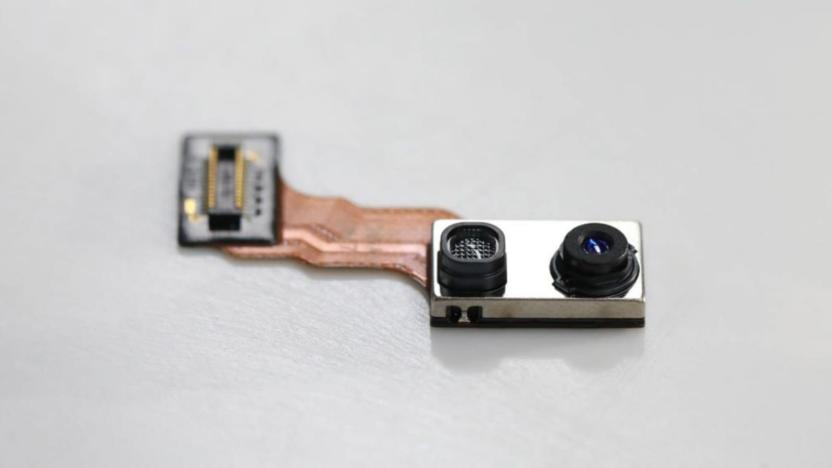
LG explains how the G8 ThinQ's tiny gesture sensor works
LG has revealed more details about the "Time of Flight" sensor that will likely power the G8 ThinQ's touchless gestures. Built by LG's Innotek division, it reflects infrared light off of a subject, measures how long it takes to return and uses the data to calculate depth. LG said that the tech works over "long" distances, while consuming less power than other 3D tech. As such, it's suitable for face detection ID tech, motion sensing, AR, and more.

NASA backs tiny 3D-printed sensors for planetary rovers
Nanomaterials might just prove the key to the next wave of planetary rovers. NASA has poured $2 million into a Goddard Space Flight Center team developing 3D-printed sensors whose nanomaterials make them tiny, ultra-sensitive and resistant to radiation. The aim is to build a device that can detect minuscule (on the parts-per-billion-level) amounts of life-supporting chemicals like ammonia, hydrogen, methane and water.

Battery-free sensor tag gathers energy from radio frequencies
Sensors play a crucial role in the Internet of Things, but there's one glaring limitation: they need a battery or some other conspicuous power source to run. Soon, however, they might only have to pluck energy from the air. Wiliot has shown off a Bluetooth sensor tag that gathers energy from ambient radio frequencies, whether it's Bluetooth, cellular or WiFi. All the ARM-based chip needs is a basic antenna printed on paper or plastic -- after that, it can transmit info like weight and temperature without any kind of battery involved.

IBM is turning to your smartphone to improve weather forecasts
IBM and its subsidiary The Weather Company are working on a new weather forecasting system, one that they say will boost forecast accuracy quite a bit. It's called the Global High-Resolution Atmospheric Forecasting System, or GRAF, and it will pull data from weather stations, aircraft sensors and smartphone pressure sensors -- a massive amount of information that will be analyzed by the IBM technology that powers the US Department of Energy's powerful Summit and Sierra supercomputers.

Kangaroo expands its line of affordable smart home security sensors
Smart home security is gaining traction, but it generally still comes at a price. Last year, however, startup company Kangaroo entered the market with its system of $30 peel-and-stick motion sensors and low-cost monitoring plans, designed to make security simple, accessible and affordable. Now, it's launching five new equally-affordable products to expand its repertoire and help its users take advantage of even beefier security.

Arlo unveils a home security system with Apple HomeKit support
Arlo is already known for its 4K security camera and doorbell, but for CES 2019, the company has launched a complete security system. The key component is a new multi-purpose sensor that can detect window and door breaches, motion, smoke, carbon monoxide, water leaks and more. The other pieces are a siren, remote control and hub that works with Arlo's various cameras, along with Zigbee and Z-Wave devices.

IBM fingernail sensor tracks health through your grip
The strength of your grip can frequently be a good indicator of your health, and not just for clearly linked diseases like Parkinson's -- it can gauge your cognitive abilities and even your heart health. To that end, IBM has developed a fingernail sensor that can detect your grip strength and use AI to provide insights. The device uses an array of strain gauges to detect the deformation of your nail as you grab objects, with enough subtlety to detect tasks like opening a pill bottle, turning a key or even writing with your finger.

Bees with tiny sensor backpacks could help farmers track crops
Farmers can use drones to monitor their fields, but they have their limits when they can rarely fly for more than 20 to 30 minutes at a time. University of Washington researchers might have a smarter way: recruit some insect friends. They've developed sensor backpacks that are light enough (about 0.0035 ounces) and efficient enough to ride on a bumblebee, but capable enough to collect data for seven hours at a time over relatively long distances. You wouldn't have to replace packs very often, either, as they could just fly into their hives to wirelessly recharge and transmit data.
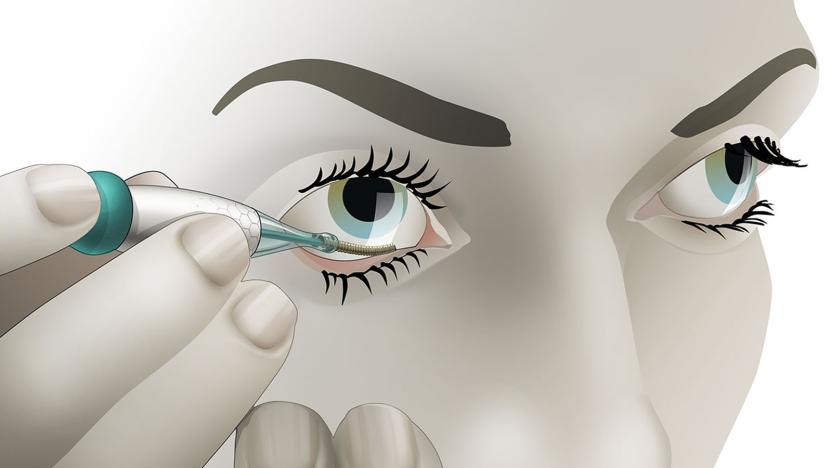
Eyelid glucose sensor might pick up where Verily left off
Just because Alphabet's Verily shelved its glucose-monitoring contact lens doesn't mean you're stuck without an unintrusive way to manage diabetes. IEEE Spectrum has discovered a recent study that shows promise for Dutch startup Noviosense's own wearable glucose monitor, which measures tears by sitting in your lower eyelid. The spring-like coil was accurate enough that 95 percent of its data was either as good as blood or close enough to be acceptable. For contrast, previous studies suggested that tears might only have a 70 percent correlation at best.
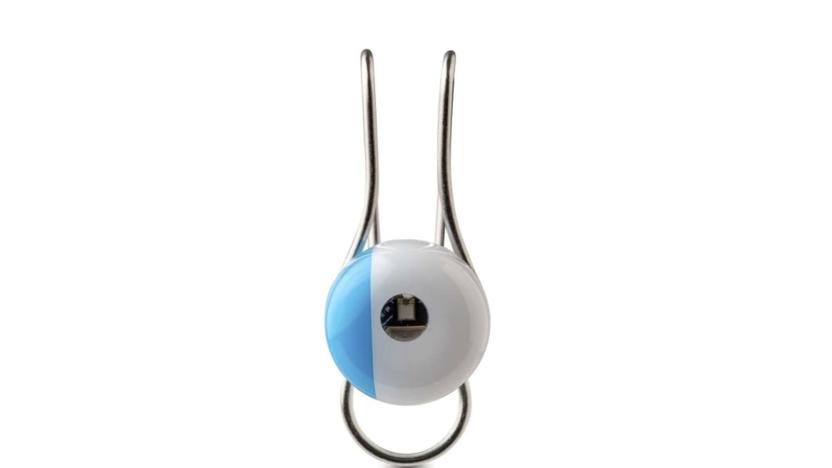
L'Oreal's wearable sensor tracks UV, pollen and pollution
L'Oreal isn't a brand you'd usually associate with medical technology, but over the past few years it's been making major inroads in skin protection innovation. There was My UV Patch, designed to inform wearers how their skin was being affected by the sun, and then UV Sense, a thumbnail-sized smart device that helped monitor sun exposure. Now, it's launching a battery-free wearable electronic that tracks your exposure to UV, pollution, pollen and humidity.

Samsung's 48-megapixel camera sensor may pop up in the Galaxy S10
With its chip manufacturing prowess, it was only a matter of time before Samsung attacked the lucrative image sensor market dominated by Sony. It has unveiled a pair of very interesting sensors aimed at multi-camera smartphones, the 48-megapixel Isocell Bright GM1 and 32-megapixel Isocell Bright GD1. Both have pixel pitches of just 0.8 micrometers, letting Samsung pack incredible resolution into chips that are small enough to be used in multi-camera smartphones without bulking them up.
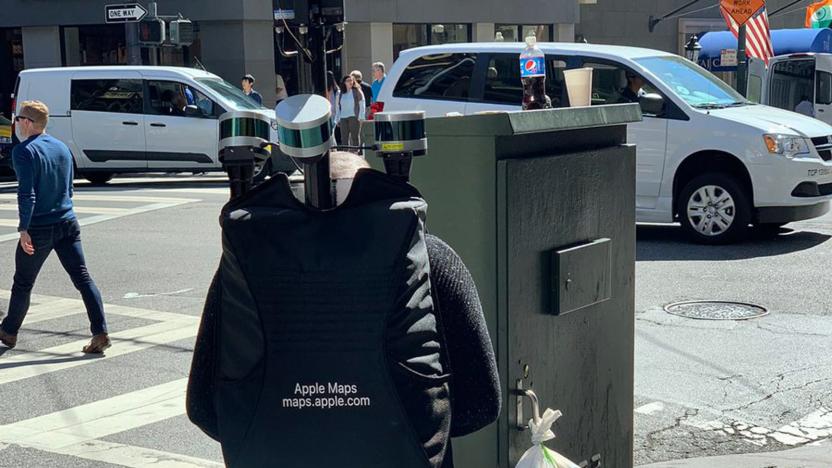
Apple is using backpacks to collect map data in San Francisco
Apple's quest to improve Maps' accuracy appears to include some on-foot action. Former Engadget writer Dante Cesa has posted photos of an Apple Maps worker carrying a backpack loaded with cameras, LiDAR sensors and other equipment as he walked through San Francisco. It's not certain what the exact goal was, but MacRumors speculated that he was collecting details for pedestrian directions.
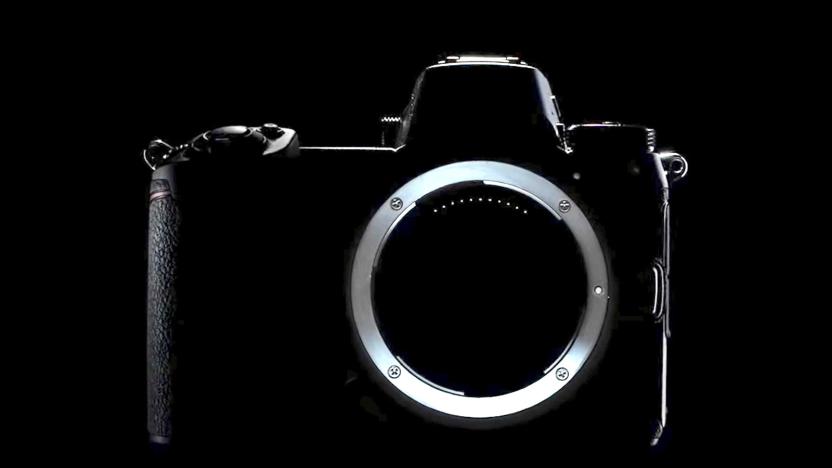
Nikon teases a substantial lens mount and grip for its new camera
Nikon is not exactly known for breathless marketing, but it's going all out for its upcoming mirrorless full-frame camera. The company has unveiled yet another video teaser called "Mount" that gives us a good look at the shape of the camera, especially the grip and lens mount.The latter has four interlocking tabs, rather than three like its DSLR models, and is pretty large for the size of the body. The grip also looks more stout than the one on Sony's A7 III.

Wearable gauges fitness through stress hormones in your sweat
Cortisol (best known as the stress hormone) is handy for tracking your athletic performance and even spotting signs of disease, since it reflects how well your adrenal or pituitary glands are working. But there's a problem: measuring that often takes several days of lab work, by which point the info is no longer relevant. Scientists might have a much better option. They've developed a flexible, wearable sweat sensor (not shown here) that tracks cortisol levels with results in seconds -- that is, while it's at its most useful. It sounds straightforward, but the team had to overcome a major obstacle common to most biological sensors.
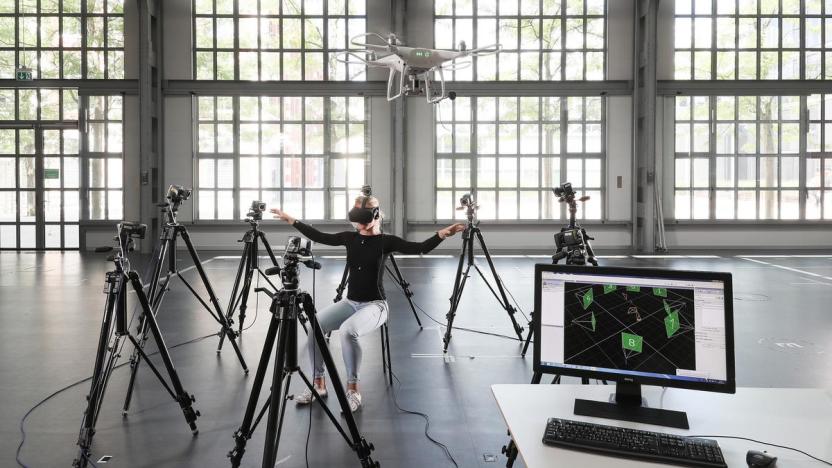
Using your body to control a drone is more effective than a joystick
If you've ever been chastised for throwing your entire body around during gaming (because physically leaning into track corners definitely helps somehow), here's a bit of science-backed vindication. Researchers in Switzerland have discovered that using your torso to control a drone is far more effective than using a joystick.

Samsung's ISOCELL Plus camera sensor upgrades low light performance
While Samsung may be playing catch up in some fields, it continues to charge ahead with its smartphone camera tech. Today it's unveiled its new ISOCELL Plus technology, which means sharper and more accurate photos even in challenging light environments.
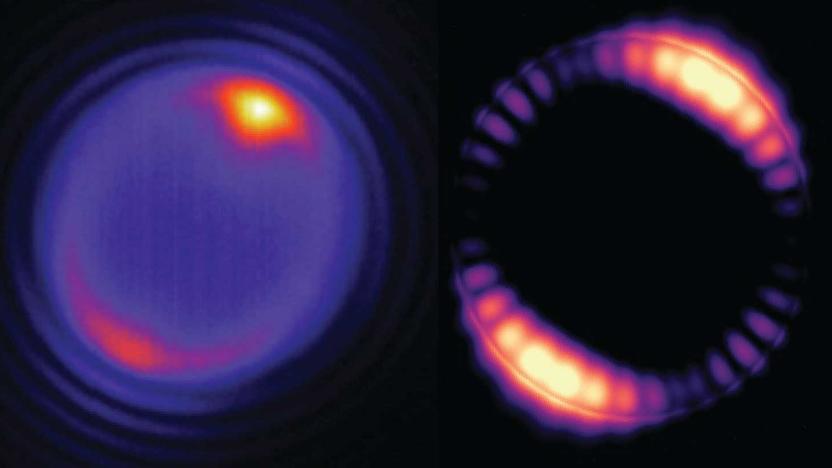
Cell-sized 'microlasers' could regulate brain activity
Scientists have spent years creating ever-smaller lasers. Berkeley Lab's latest invention, however, is something special -- and could lead to a significant change in medicine. An international team at the school has developed "microlasers" that are smaller than a red blood cell. The researchers discovered that 5 micron-wide polymer beads mixed with exotic nanoparticles (sodium yttrium fluoride infused with thulium) could reliably emit bright light on specific wavelengths when exposed to infrared light. The concoction makes light bounce around the inner surface of the bead, creating collisions that can repeatedly amplify the light -- it's similar to the "whispering gallery" effect that lets you hear a quiet sound across a giant space with the right acoustics.
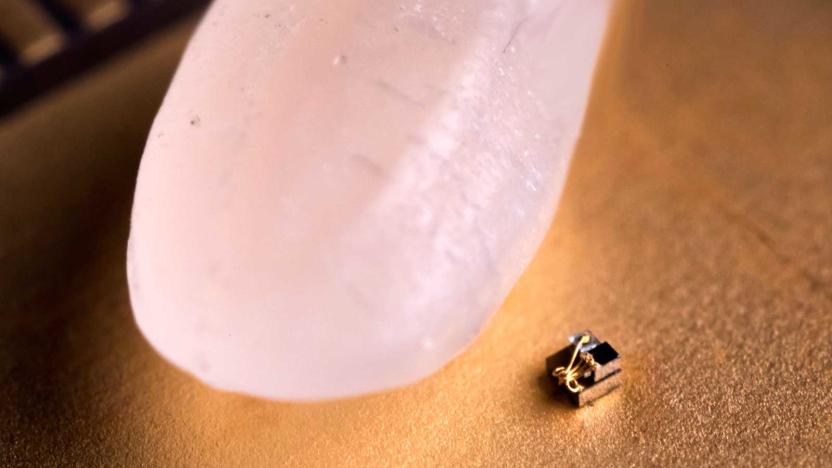
World's tiniest 'computer' makes a grain of rice seem massive
You didn't think scientists would let IBM's "world's smallest computer" boast go unchallenged, did you? Sure enough, University of Michigan has produced a temperature sensing 'computer' measuring 0.04 cubic millimeters, or about a tenth the size of IBM's former record-setter. It's so small that one grain of rice seems gigantic in comparison -- and it's so sensitive that its transmission LED could instigate currents in its circuits.



